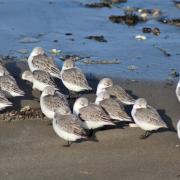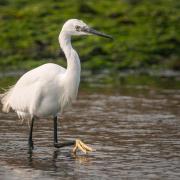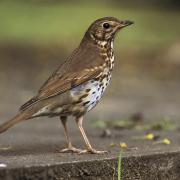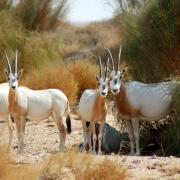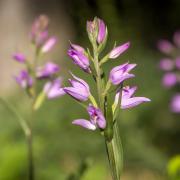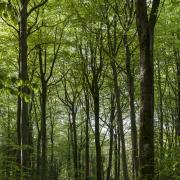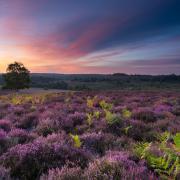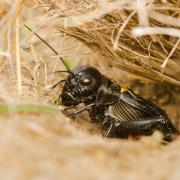With the culling saga fresh in our minds, badger conservation has never been more poignant.
So much has been written about badgers recently, including adverse and contradictory news reports that it is easy to forget how special these creatures are. Badgers have a long and noble association with our countryside. In fact, they have an unbroken heritage on the mainland that stretches back almost 10,000 years to the last Ice Age.
Few creatures are more embedded in our nation’s folklore than badgers. If you grew up living in the rural areas of Hampshire or the Isle of Wight, you will no doubt have been told that badgers can bring both good and bad luck. The story goes that if a badger walks across the path behind you, you are in for very good luck. But if a badger walks across the path in front of you, and if it happens to scrape up a bit of earth as it goes, then it is time for you to choose your coffin – a sudden death is imminent! In some legends, you wouldn’t even have to see a badger. The mere sound, followed by a hoot of an owl, was enough to hasten you to an early grave.
Ancient superstitions extended to belief in the magical powers of badgers. Badger hair was supposed to protect you against witchcraft, although witches themselves also put badgers to good use – boiling them up and smearing their grease on their broomsticks. It was also believed that badger skin could be made into bridles to give riders magical power over horses.
Gamblers used to carry badger claws, teeth or hair to bring them luck and the animals even had a role to play in folk medicine. They were thought to cure rheumatism, snake bites and arthritis. Badger blood was even thought to help cure leprosy.
Clearly, our ancestors had a closer connection with badgers in their everyday lives than we do today, which helps explain our own strong feelings towards this most charismatic of species.
Badger facts
- Now that wolves and bears no longer roam the British Isles, badgers are our largest native carnivores on land. An adult badger can be as heavy as 10kg (22lb) and will need to eat 500 kcals per day.
- Badgers prefer woodland areas with worm-rich grassland, but they will also live elsewhere as long as they are not disturbed and there is an abundance of food.
- Apart from earthworms, they eat beetles and fruit but they will also take carrion and anything else that doesn’t get out of their way quickly enough.
- Badgers live in extended family groups in their setts. These setts are created over many years and can be fairly elaborate labyrinths of tunnels linking living quarters lined with dry grass.
- Badgers can be fierce when protecting their young, and they can move as fast as 30km/h (18mph) over short distances and also climb trees and fences.
Help the vaccination programme
The Wildlife Trust believes that vaccinating badgers against bovine Tb is the best current option to counter the spread of the disease, at least until better solutions are presented.
Many Trust members have contributed to the Trust’s badger vaccination fund and the money raised so far has helped us employ external contractors to vaccinate badgers on Trust reserves located in the most high risk areas.
As this is an expensive option, we have also invested in the training of Trust staff members so they can carry out vaccinations. The money has also helped buy the equipment we need to carry out the work including traps, fridges and the vaccines themselves.
Our work continues because the vaccination programme is planned to run for five years. We also expect the ‘footprint’ of the disease to grow, so we need to carry out vaccinations over a wider area, probably extending beyond Trust reserves to privately-held land. You can add your own donation to help fund this important work. Your contribution is very much appreciated. For more details visit the Wildlife Trust’s website www.hiwwt.org.uk/badger-vaccination






